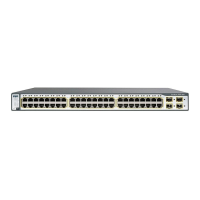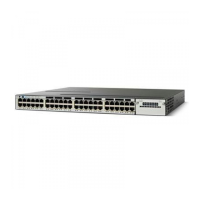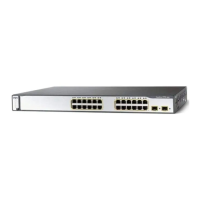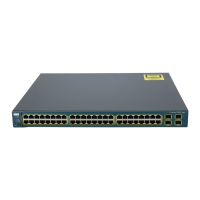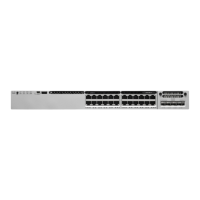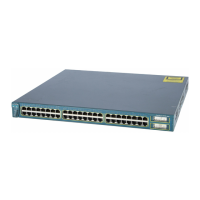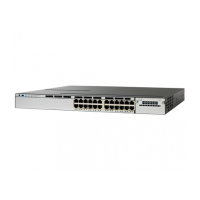Index
IN-22
Catalyst 3750-E and 3560-E Switch Software Configuration Guide
OL-9775-08
manually 3-15
through DHCP-based autoconfiguration 3-3
default configuration 3-3
IP multicast routing
addresses
all-hosts
46-3
all-multicast-routers 46-3
host group address range 46-3
administratively-scoped boundaries, described 46-47
and IGMP snooping 24-2
Auto-RP
adding to an existing sparse-mode cloud
46-26
benefits of 46-25
clearing the cache 46-63
configuration guidelines 46-12
filtering incoming RP announcement
messages
46-28
overview 46-7
preventing candidate RP spoofing 46-28
preventing join messages to false RPs 46-28
setting up in a new internetwork 46-26
using with BSR 46-33
bootstrap router
configuration guidelines
46-12
configuring candidate BSRs 46-31
configuring candidate RPs 46-32
defining the IP multicast boundary 46-31
defining the PIM domain border 46-30
overview 46-7
using with Auto-RP 46-33
Cisco implementation 46-2
configuring
basic multicast routing
46-12
IP multicast boundary 46-47
default configuration 46-11
enabling
multicast forwarding
46-13
PIM mode 46-13
group-to-RP mappings
Auto-RP
46-7
BSR 46-7
MBONE
deleting sdr cache entries
46-63
described 46-46
displaying sdr cache 46-64
enabling sdr listener support 46-46
limiting DVMRP routes advertised 46-58
limiting sdr cache entry lifetime 46-46
SAP packets for conference session
announcement
46-46
Session Directory (sdr) tool, described 46-46
monitoring
packet rate loss
46-64
peering devices 46-64
tracing a path 46-64
multicast forwarding, described 46-8
PIMv1 and PIMv2 interoperability 46-11
protocol interaction 46-2
reverse path check (RPF) 46-8
routing table
deleting
46-63
displaying 46-64
RP
assigning manually
46-24
configuring Auto-RP 46-25
configuring PIMv2 BSR 46-29
monitoring mapping information 46-35
using Auto-RP and BSR 46-33
stacking
stack master functions
46-10
stack member functions 46-10
statistics, displaying system and network 46-63
See also CGMP
See also DVMRP
See also IGMP
See also PIM
IP phones
and QoS
15-1
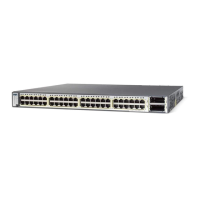
